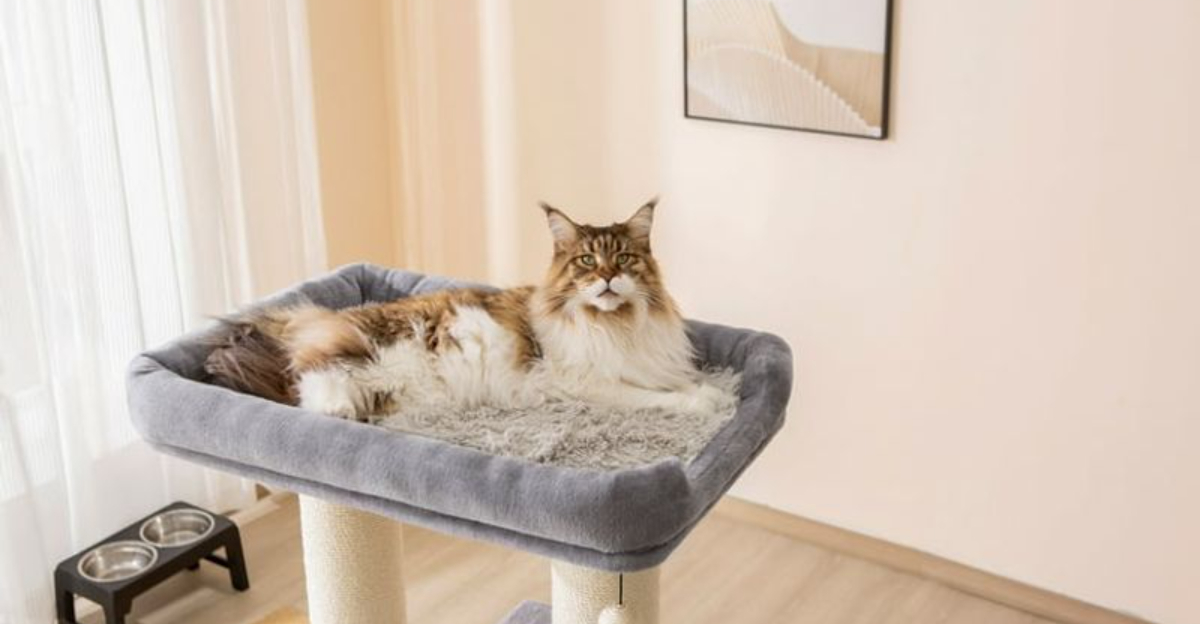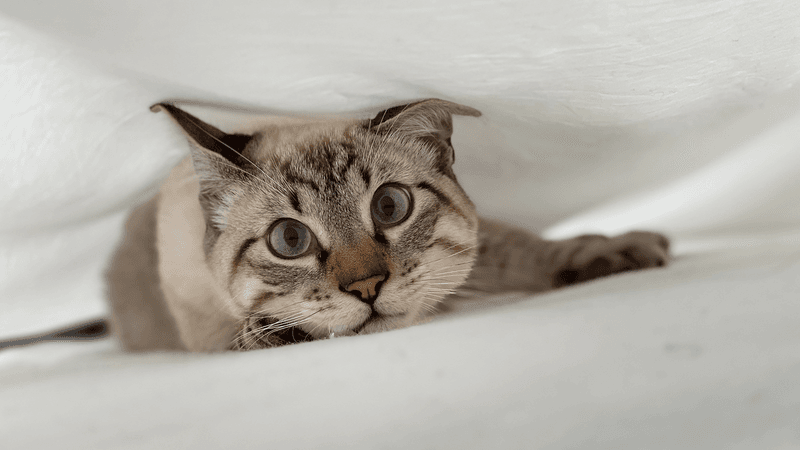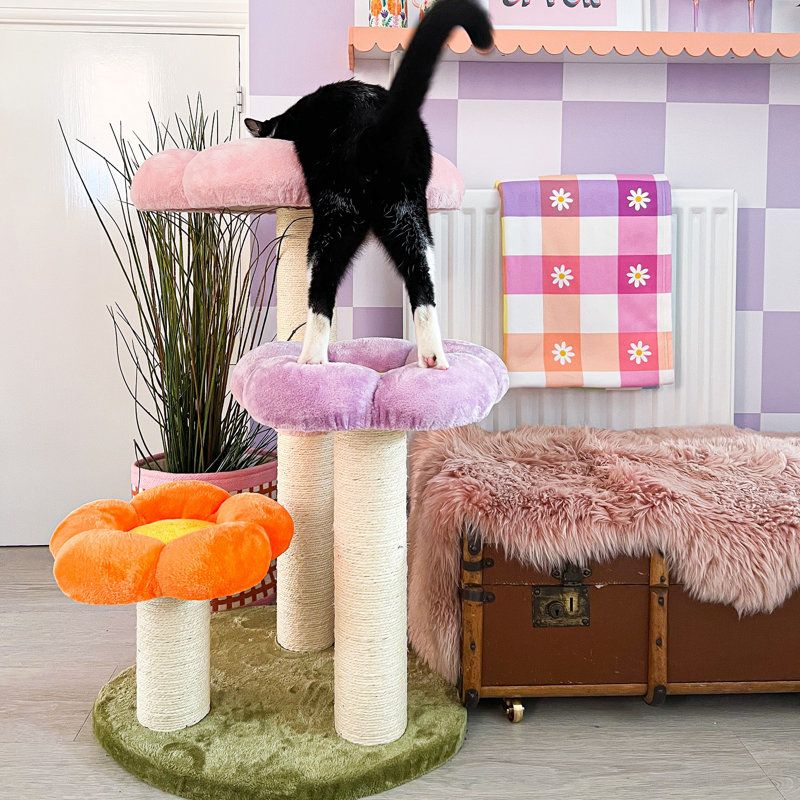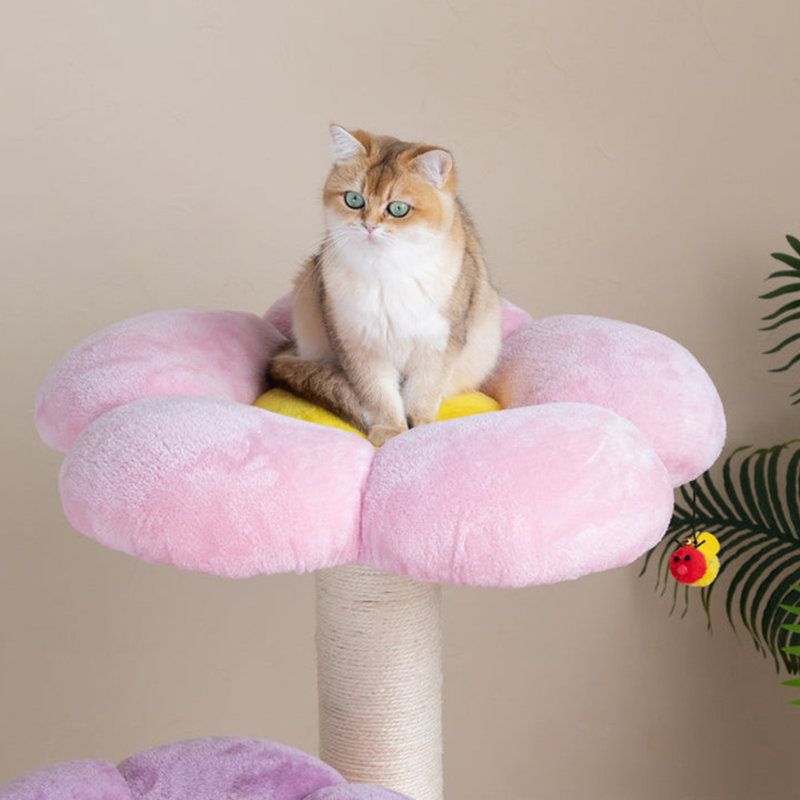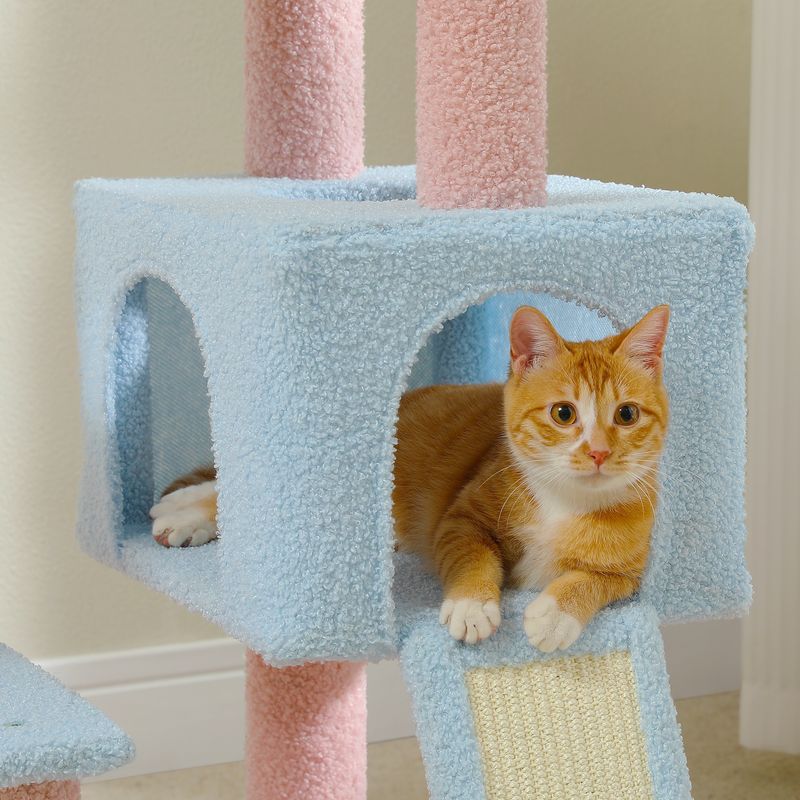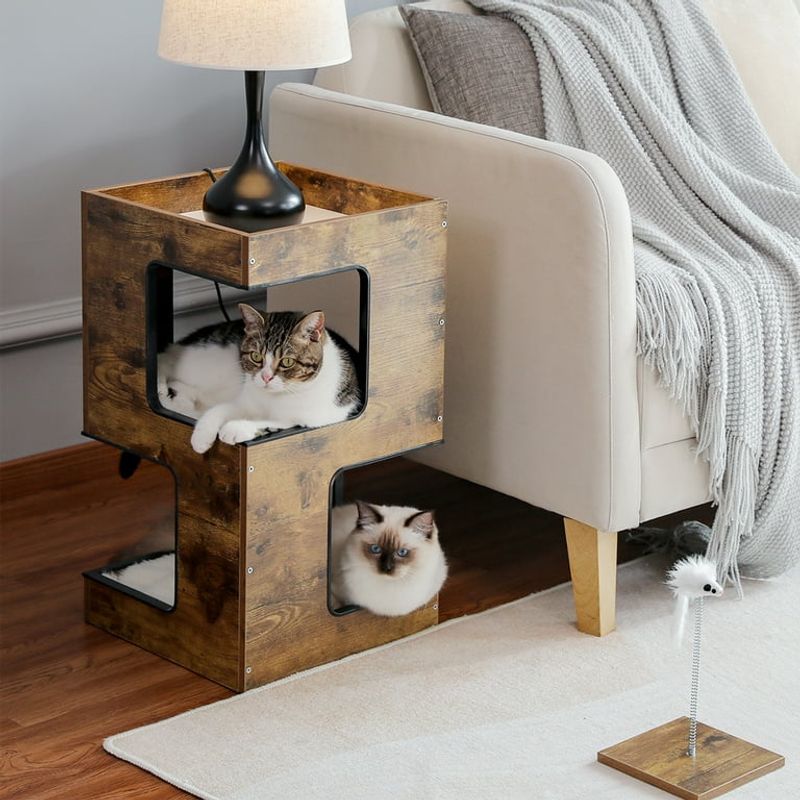📖 Table of Content:
When it comes to keeping your cat happy, healthy, and out of your plants, the humble cat tree is a game-changer. But not all cat trees are created equal—and not all cats use them the same way. Whether your feline is a turbo-charged parkour pro or a gentle nap connoisseur, the right tree can make all the difference in their daily routine.
Too often, pet parents grab the flashiest or tallest cat tree without considering their kitty’s unique personality. Some cats prefer a sky-high lookout, while others just want a comfy nook close to the floor. The secret to long-lasting engagement? Matching the cat tree to your cat’s natural energy level and play style.
In this guide, we’ll walk you through 7 playful and practical tips to help you pick the perfect perch. From climbers and cuddlers to scratchers and sprawlers, there’s a tree out there that’s practically made for your cat. Let’s dig in and find a feline-friendly fit that makes everyone purr with joy.
1. Know Thy Kitty: Observe Their Zoomies and Zzz’s
Every cat is a mystery novel waiting to be read—so start by being their biggest fan and quietest observer. Are they springing from counters to curtain rods, or loafing under the table all day? Recognizing your cat’s energy style is step one in choosing a tree that won’t just collect dust. High-octane furballs need multiple tiers and active elements to burn energy, while low-key loungers benefit more from cozy, padded platforms. Behavior is the blueprint for their ideal setup. Keep a short log of their favorite hangouts and how they interact with their environment. Once you understand their rhythm, the perfect cat tree will practically pick itself.
2. Size Matters – For Both Cat and Tree
Oversized paws and extra-long tails deserve oversized real estate. If your cat is more panther than pipsqueak, you’ll want to ensure the tree isn’t just tall, but strong. Look for heavy-duty bases, thick scratching posts, and wide sleeping platforms to avoid wobble and wear. Little trees often can’t support larger cats, leading to disinterest—or worse, dangerous tumbles. Sturdiness doesn’t have to mean bulky or ugly, either; many brands now offer sleek, modern options that handle heavy cats gracefully. Always check weight limits and platform dimensions before purchasing. A well-fitted tree ensures safety and enjoyment for cats of all shapes and sizes.
3. Climbing Addicts? Go Vertical
Some cats dream of Everest, and for them, height is happiness. Vertical adventurers thrive on tall cat trees with multiple levels, ramps, and perches that give them the thrill of the climb. These structures satisfy their instinct to survey their kingdom from above, a behavior rooted in wild feline ancestry. The more vertical stimulation they have, the less likely they are to take risks with off-limits areas like bookshelves or the top of your fridge. Bonus: climbing is great for their muscles and joints. Just be sure your space can accommodate the height safely. Vertical cat trees bring excitement, exploration, and exercise into daily life.
4. Lounge Lovers Need Plush and Peace
Snuggly sleepers deserve a tree that feels like a five-star resort. Plush cushions, faux fur-lined platforms, and soft, semi-enclosed cubbies are ideal for cats who treat every day like Sunday morning. These trees don’t need to reach the ceiling—they just need to offer comfort, warmth, and a sense of security. Look for models with hammocks, round nesting spaces, or private dens. Loungers often gravitate toward quieter, darker areas of the home, so placing the tree in a calm corner boosts their sense of calm. Your sleepy cat’s dream spot should be as soothing as their favorite blanket. Luxury for them means less stress—and more adorable loaf poses for you.
5. Bring the Play: Toys and Dangly Things
Built-in entertainment can turn a cat tree from furniture to fun zone. Curious, playful cats love interactive elements like hanging toys, sisal ropes, and movable parts they can bat at or chase. This not only keeps them stimulated but also helps direct their hunting instincts toward safe, appropriate play. Some trees even come with tunnels or swinging hammocks for extra pizzazz. Remember, cats are natural predators—even if they’re also spoiled indoor babies. A tree with toys acts like an enrichment station, especially in homes with limited space or outdoor access. It’s the ideal fusion of function and feline fun.
6. Scratch Goals: Sisal is Essential
Scratching is as essential to cats as stretching is to yoga enthusiasts. It helps keep claws healthy, marks territory, and just feels really good. That’s why the best cat trees include plenty of sisal-covered posts or ramps for safe scratching. Avoid flimsy or carpet-only models, which don’t offer the same resistance or durability. Even calm cats need this outlet—it’s not just a hyper-kitty problem. Bonus: regular scratching on the tree means fewer run-ins between your furniture and your cat’s talons. Sisal is the gold standard for scratchers, so don’t skimp. One good post can save a thousand couch cushions.
7. Home Fit: Match It With Your Space
Don’t forget the other half of the equation: your living space. Even the best-designed cat tree won’t work if it’s awkwardly placed or disrupts the flow of your room. Measure your available space, note your home’s décor, and choose a model that complements both. Some cat trees come in neutral tones or wood finishes that look like part of the furniture, not a pet store explosion. If you live in a smaller home or apartment, go for multi-use options that offer both vertical and lounging elements. Placement matters too—near windows, radiators, or quiet corners are feline favorites. When the tree suits your space, it becomes a welcome part of the home.
